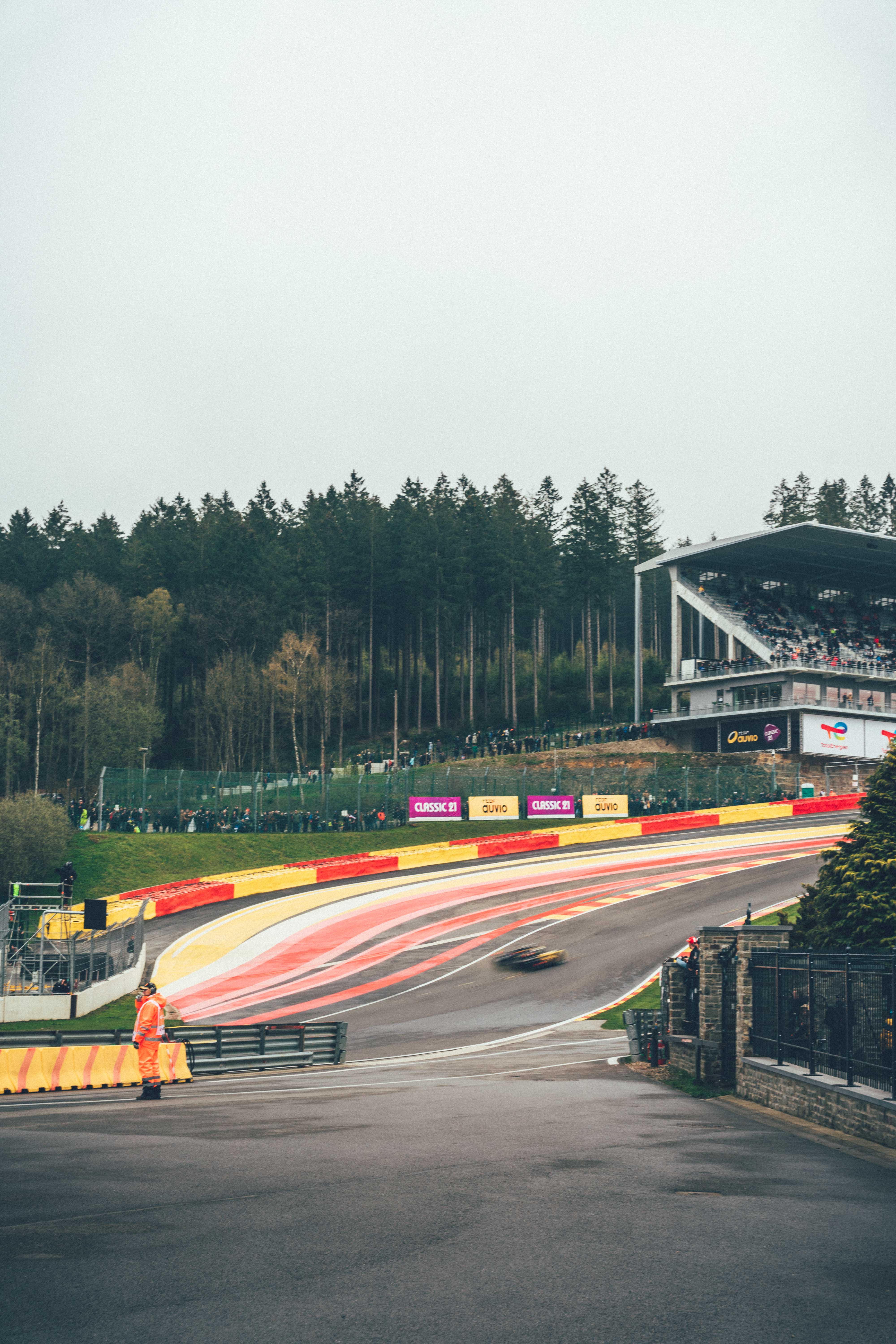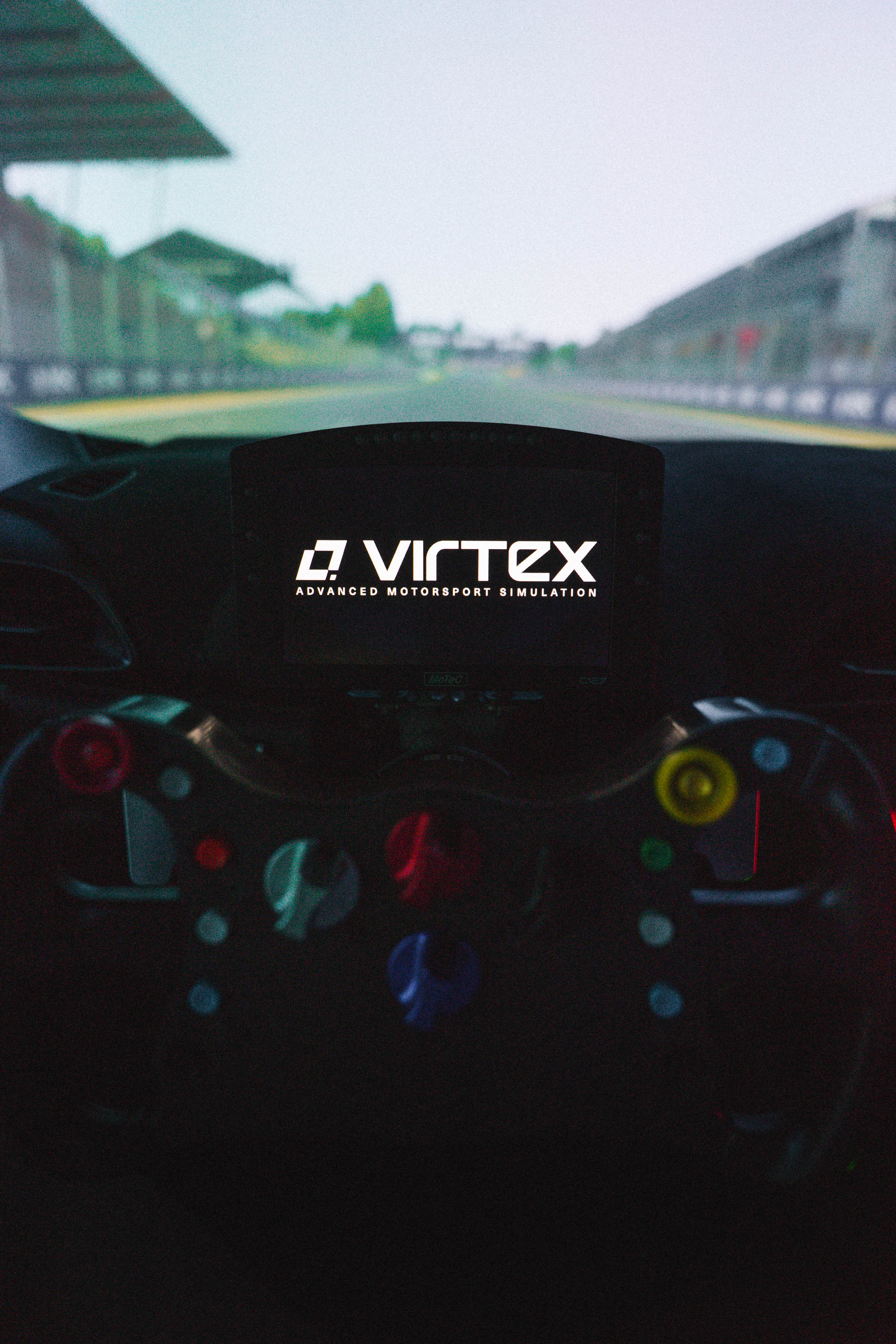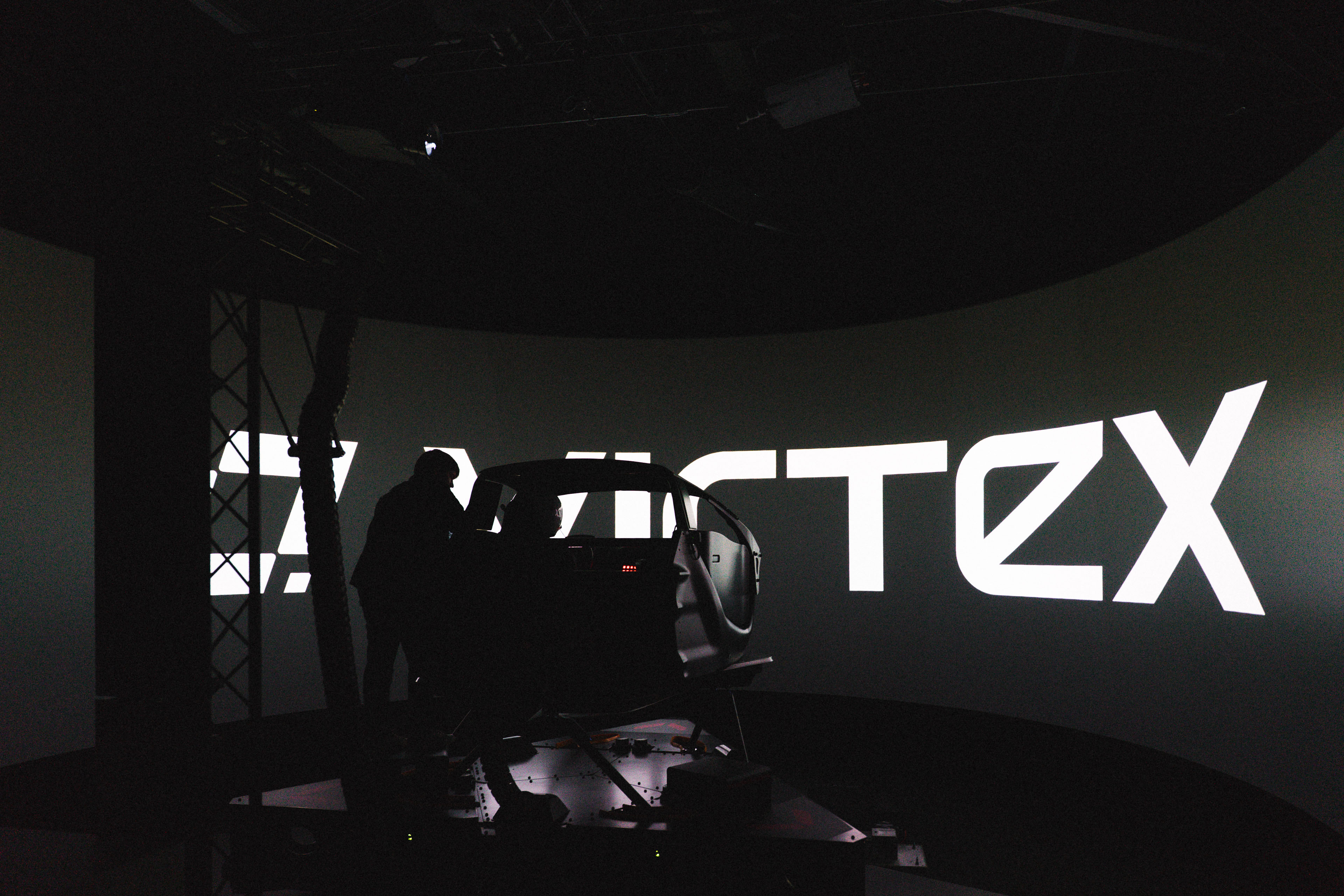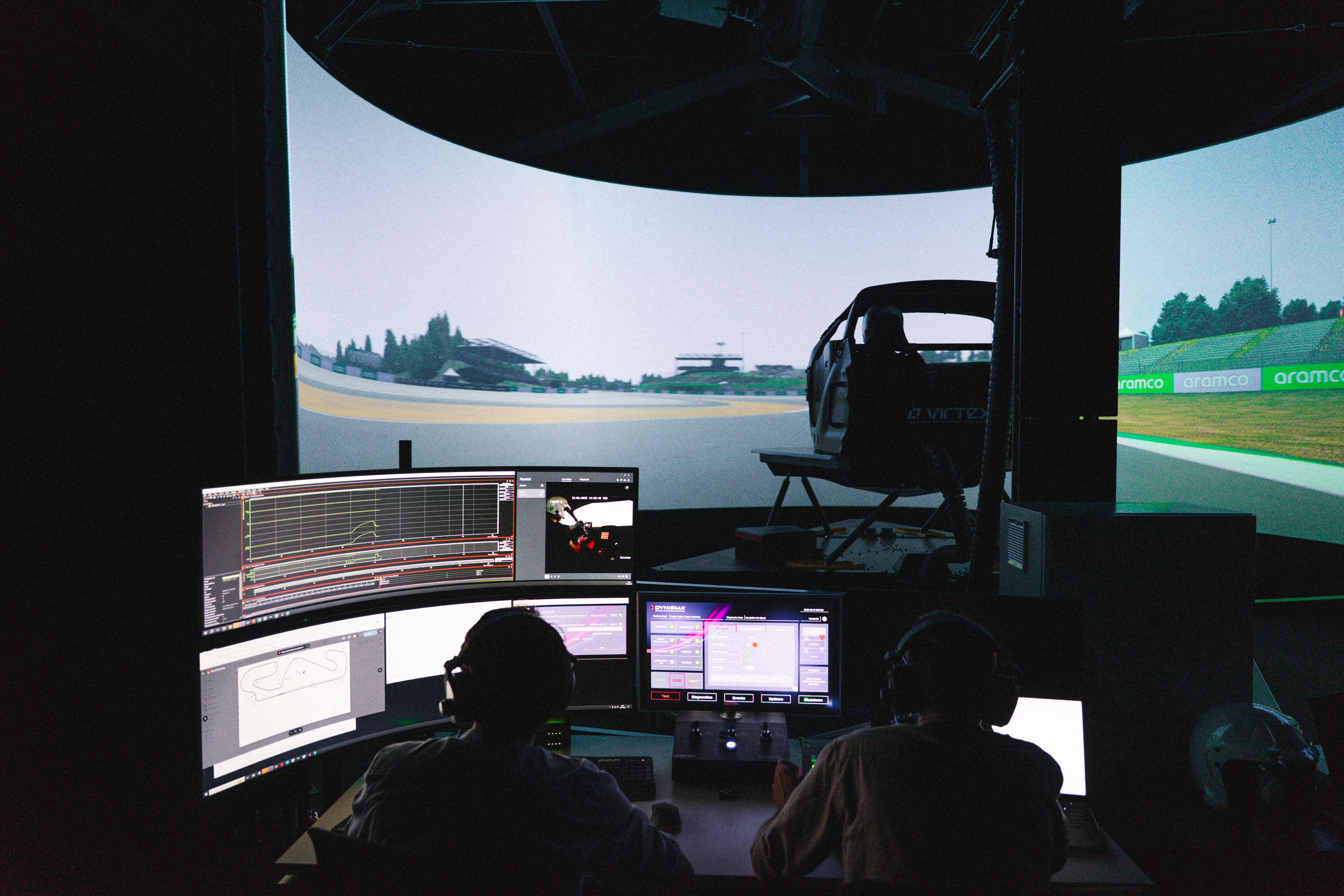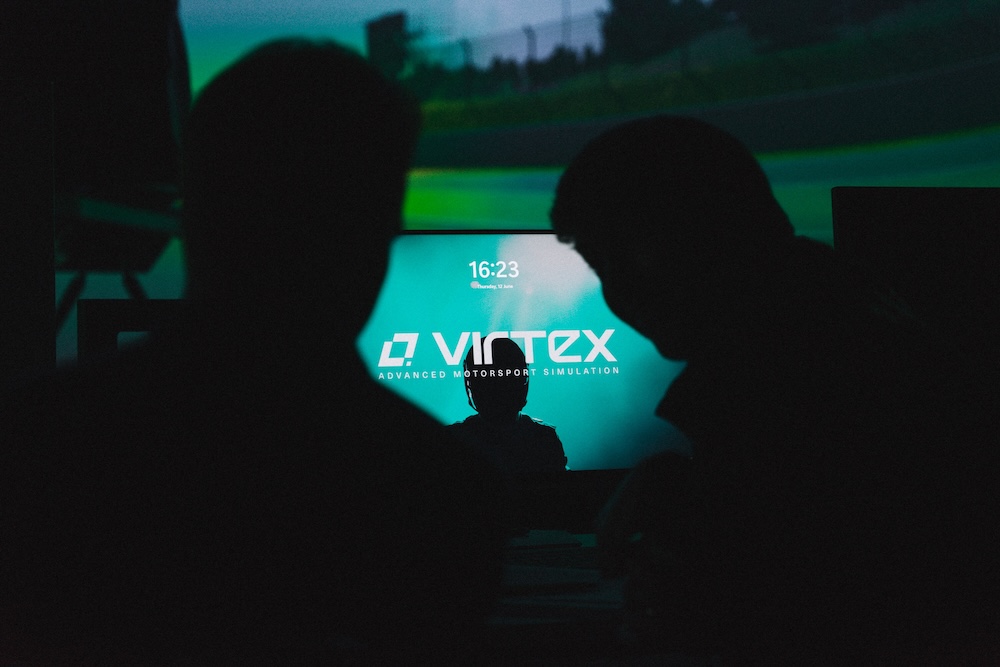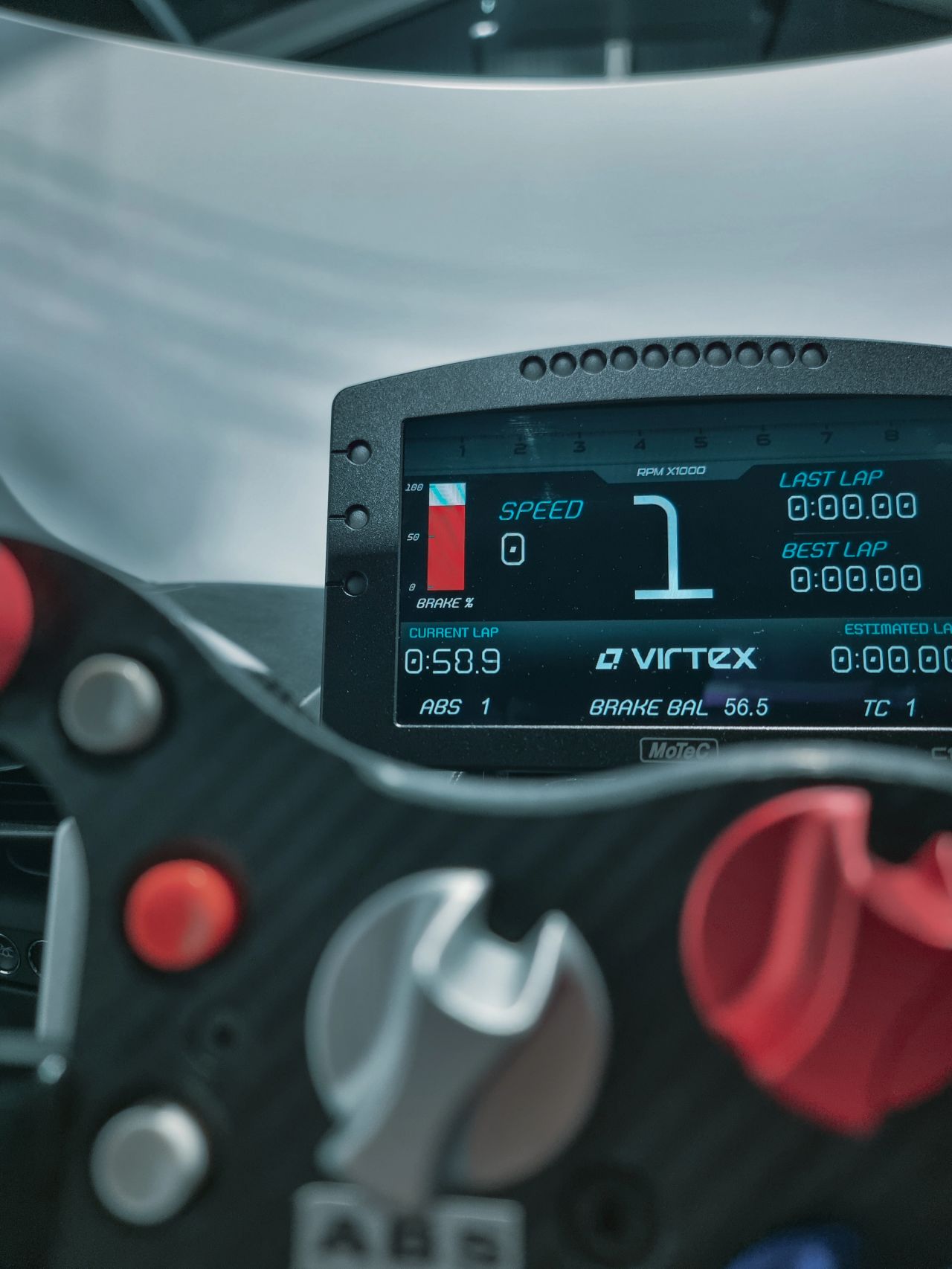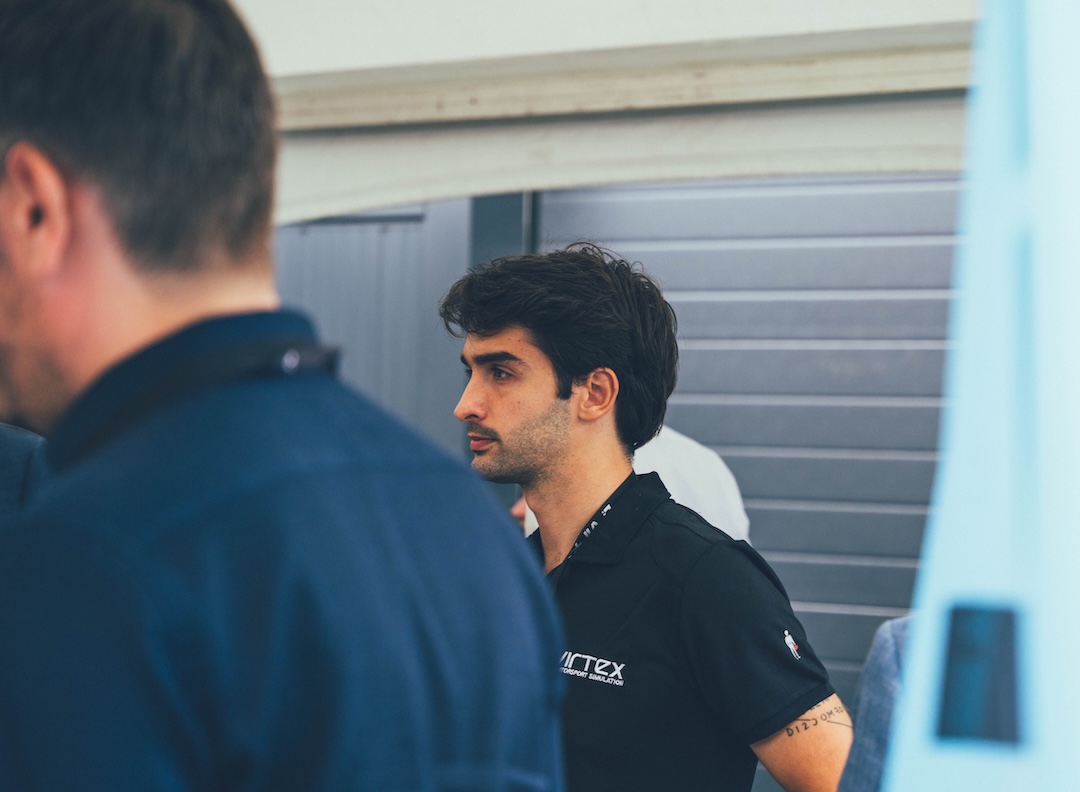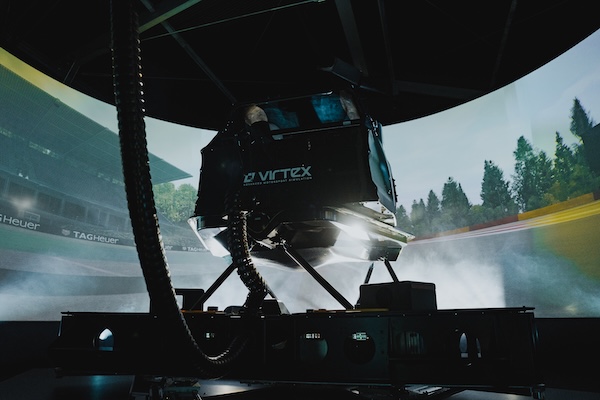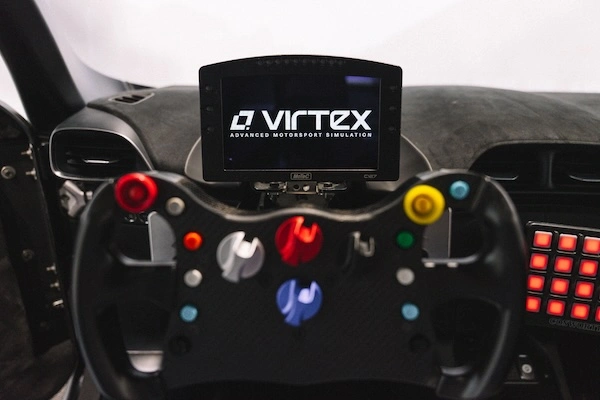Tech
Track Time Is Limited. Simulation Isn’t.
Track Time Is Limited. Simulation Isn’t.
A conversation with Barney Hassell, Head of Vehicle Dynamics at Virtex
Today in motorsport, simulators are no longer only reserved to Formula 1 teams. From GT and endurance teams to F2 and F3 operations, simulation is rapidly becoming a standard tool for testing, training, and decision-making. The benefits are obvious — but so are the barriers. Building a reliable simulator programme in-house takes years of work, technical depth, and resources that many teams simply don’t have.
That’s where Virtex comes in. We spoke with Barney Hassell, Virtex’s Head of Vehicle Dynamics and former F1 vehicle dynamics engineer with over 25 years of experience, to understand what simulation really offers today and why more teams are looking for turnkey solutions that can deliver value fast.
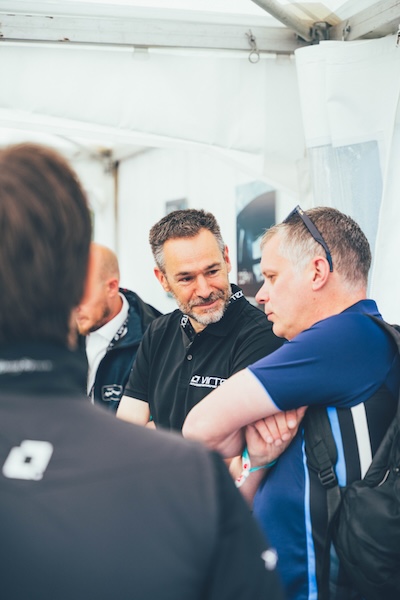
Q: In top-level motorsport, how central is simulation?
Barney Hassell: It’s completely integrated. In Formula 1, simulators run almost daily. They’re used for everything including driver training and circuit familiarisation, setup development, control system testing, and even rehearsing radio comms between engineers and drivers.
But that same logic applies far beyond F1. Teams in F2, F3, GT, or endurance all face constraints: limited tyres, limited time, travel costs. Simulation helps solve those problems efficiently. The only difference is that, until recently, access to that quality of simulation has been out of reach.
Q: What makes running a good simulator so challenging?
BH: It’s not about the motion platform alone. A successful simulator programme needs high-quality vehicle models, accurate parameters, capable software, and the expertise to make all of it work together. It takes years to develop internally.
At Virtex, we’ve already done that groundwork — from motion integration and physics modelling to telemetry tools and real-time driver feedback systems. That means teams can get meaningful results within weeks, not years.
Q: So what exactly does VIRTEX offer?
BH: The complete package. Our setup includes the hardware, the engineering vehicle models, the software licenses, and the support. It’s a fully integrated environment, designed so that teams can just turn up and start learning.
We tailor the sim to the category — GT3, prototypes, single-seaters — and we guide teams through the process. We’ve built in the fidelity that drivers expect and the tools that engineers need. They don’t have to manage ten different suppliers or build the know-how themselves.
Q: Can simulation replace track testing?
BH: It complements it. Track time is expensive and limited — often just one or two sessions before qualifying. Sim time lets teams test strategies, rehearse decisions, and de-risk their weekends.
You can simulate a race stint in changing weather elements like wind, back-to-back tyre choices, or experiment with brake maps — all in one afternoon, with no damage, no freight, and no waiting. You come to the track better prepared, and you extract more from every lap.
Final word?
BH: Simulation is no longer a nice-to-have. It’s a performance multiplier — and now, with Virtex, it’s finally accessible to the teams that need it most.

Thank you!
Your submission has been received!

